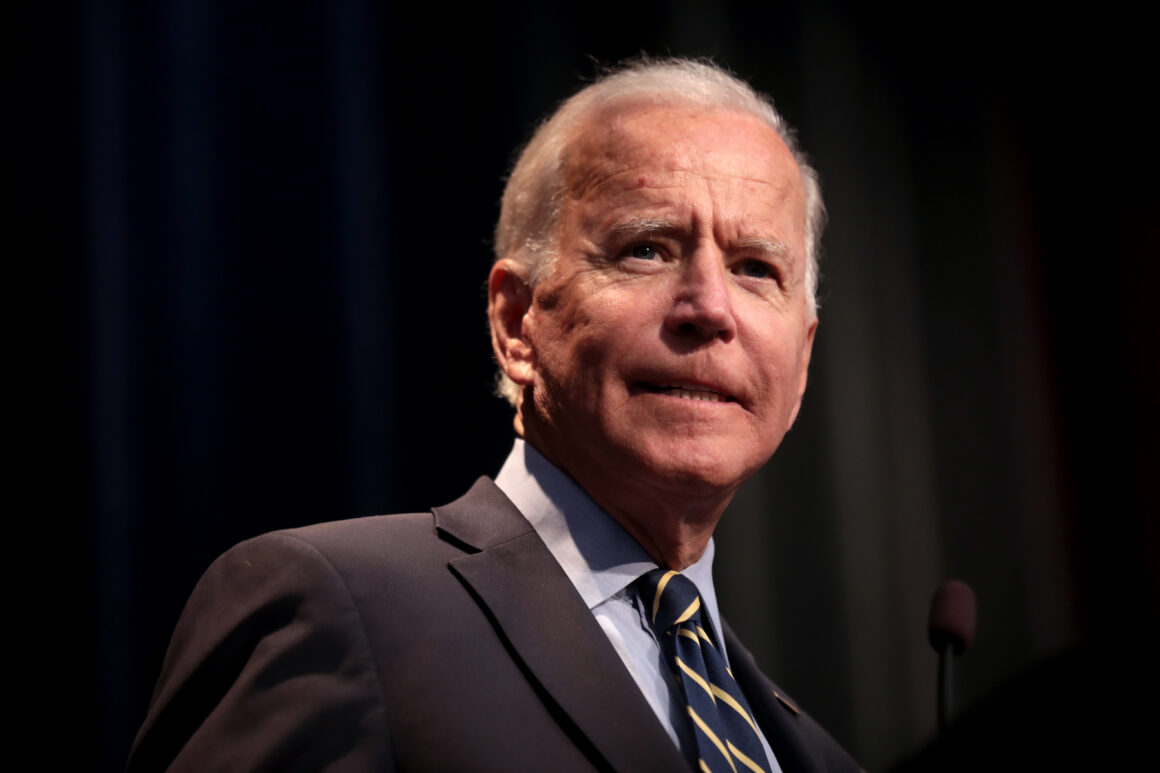Clocking in at one hour and 20 minutes, President Trump delivered the third longest State of the Union speech in history, according to the American Presidency Project. Since the average person would not have maintained focus for the entirety of the speech, let’s go over a few key points of Tuesdays’ SOTU.
Calls For Bipartisanship and Unity
In the beginning of his address, President Trumps said “Tonight, I call upon on all of us to set aside our differences, to seek out common ground, and to summon the unity we need to deliver for the people. This is really the key. These are the people we were elected to serve.” Contrary to Trump’s call for unity, little has been done to bring the country or the parties together. Our country is as divided as it ever has been in modern times. Polls show that over 50 percent of the country disapproves of the president, while around 40 percent approves of the president. According to a poll conducted by NPR/PBS NewsHour/Marist, 61 percent of Americans say Trump has divided the country since his election. However, to make a long story short, the likelihood of bipartisanship pursued by Trump is very low.
Jobs and Economic Growth
President Trump stated, “since the election, we have created 2.4 million new jobs, including 200,000 new jobs in manufacturing alone” and while it is true the economy has had an increase of about 169,000 jobs a month since the 2016 election, that is somewhat less than the 185,000 jobs per month that the economy added over the past seven years. That total also includes job gains from November and December of 2016 and January 2017, during which Barack Obama was still the acting president.
Trump goes on to state that “African-American unemployment stands at the lowest rate ever recorded. And Hispanic-American unemployment has also reached the lowest levels in history.” Again, while it is true that the African-American unemployment rate in December, at 6.8 percent, was the lowest recorded and unemployment within the Hispanic population is nearing a record low, it is the culmination of a long-term trend that began before Trump took office. While he likes to flaunt these numbers, no president has that much control over the job market.
In his address, he falsely claimed that “after years of wage stagnation, we are finally seeing rising wages.” Wages are rising, yes — but at a slower rate than they were at the end of President Obama’s second term. Not to mention, ordinary wage earners have yet to see substantial pay raises, despite the steadily improving job market.
Health Care
“We eliminated an especially cruel tax that fell mostly on Americans making less than $50,000 a year, forcing them to pay tremendous penalties, simply because they couldn’t afford government-ordered health plans. We repealed the core of the disastrous Obamacare – the individual mandate is now gone.” In the newly passed tax law, Congress removed the penalties for individuals who go without health insurance, starting in 2019. It is estimated that only 4.5 percent of taxpayers paid the penalty in 2015, and nearly 60 percent of those who pay did earned less than $50,000 in 2015. However, the Kaiser Family Foundation found that a substantial amount of low-income Americans paying the $695 penalty could find coverage for less than the penalty’s cost. Not to mention, that in many cases, people could obtain exemptions from the penalties.
Trump mentioned that “Last year, the F.D.A. approved more new and generic drugs and medical devices than ever before in our history.’ This is one of the few statements that were completely true to my knowledge. The Food and Drug Administration approved 1,027 generic drugs in the 2017 fiscal year, the highest annual total in the agency’s history. As well as 56 new drugs and 95 medical devices, both records as well.
“One of my greatest priorities is to reduce the price of prescription drugs. In many other countries, these drugs cost far less than what we pay in the United States, and it’s very, very unfair.” It is true that prices for brand-name prescription drugs are usually higher in the United States than in other developed countries, countries who regulate prices or set them through negotiations with drug manufacturers. Drug makers in the United States have been in strong opposition of the regulation of prices in this country. This lack of regulation cause cancer drugs and other new medicines sometimes enter the U.S. market with prices exceeding $50,000 a year, which is beyond asinine. Trump said during his campaign that he wants Medicare to negotiate lower drug prices to help bring prices down, he has since backed off of this statement.
Environment and Energy
Trump mentioned that “We have ended the war on American energy — and we have ended the war on beautiful, clean coal. We are now very proudly an exporter of energy to the world.” I do not know of a world in which coal is clean energy, but it is definitely not the one we live in currently, with coal being responsible for 43% human carbon dioxide emissions. Nevertheless, the President’s statement is deceptive. Overall, the United States is a net energy importer as of this moment, with us being projected to be a net energy exporter sometime in the 2020s. While the United States became a net exporter of natural gas in 2017 for the first time since 1957, and it remains a net exporter of coal. But it is still one of the largest net importer of oil, as shown by a government analysis.
Infrastructure
In one of my favorite quotes of the night, Trump states how “We built the Empire State Building in just one year — isn’t it a disgrace that it can now take 10 years just to get a permit approved for a simple road?” The Empire State Building was built in just over a year, yes, but construction time shouldn’t be compared with the time needed to get a permit. The prerequisites for construction and permits are also different between roads and buildings, two completely different pieces of infrastructure. Trump is also dramatically overstating the process for building roads. While it is true some bigger projects can take around 10 years to receive permits, smaller projects, like repaving a road, can take little to no time at all to get approval.
Immigration
Trump spoke of four pillars within his immigration plan. The first pillar “generously offers a path to citizenship for 1.8 million illegal immigrants who were brought here by their parents at a young age. That covers almost three times more people than the previous administration covered.” In this statement, Trump is referring to the Deferred Action for Childhood Arrivals, or DACA, which came to be under the Obama administration in 2012. During his presidential run, Trump promised to end DACA. However, after he took office, the administration said it would preserve the program. Then to add on to the series of flip flopping, late last year, Trump announced an expiration date for the program, giving Congress until March 5, 2018, to ratify it. Now he is proposing to keep it open as part of a larger immigration overhaul.
The second pillar “fully secures the border.” Which, in the language of our president, means building a wall on the Southern border. Alone, a wall would not fully stop immigration or the flow of drugs; nor would it fully secure the border. A majority of border crossings occurred in places where fencing or walls already already standing. Just 30 percent of known illegal entries took place in areas without border fencing. As it’s been mentioned time and time again, the wall is a waste of money.
“The third pillar ends the visa lottery — a program that randomly hands out green cards without any regard for skill, merit or the safety of our people.” This statement, as per usual, showcases the ignorance of our current administration. The visa lottery program provides 50,000 visas to people from countries with low immigration rates to the United States. The applicant must also have a high school education or two years of work experience in the past five years from a job that requires “two years of training or experience.” Additionally, the applicant must undergo a medical exam and cannot have a criminal record. Finally, the visa winners are then subjected to a lengthy background check that can last for months.
Lastly, the fourth pillar, which ends “chain migration.” Trump stated that “under the current broken system, a single immigrant can bring in virtually unlimited numbers of distant relatives.” This statement is very misleading. Immigrants who obtain visas or citizenship can petition to bring in their relatives. But that doesn’t automatically allow entry into the United States. Anyone applying for residency must undergo national security and criminal background checks just like everyone else. Not to mention, since there’s a cap on the total number of visas the U.S. gives out every year, the process often takes years, if not decades.




